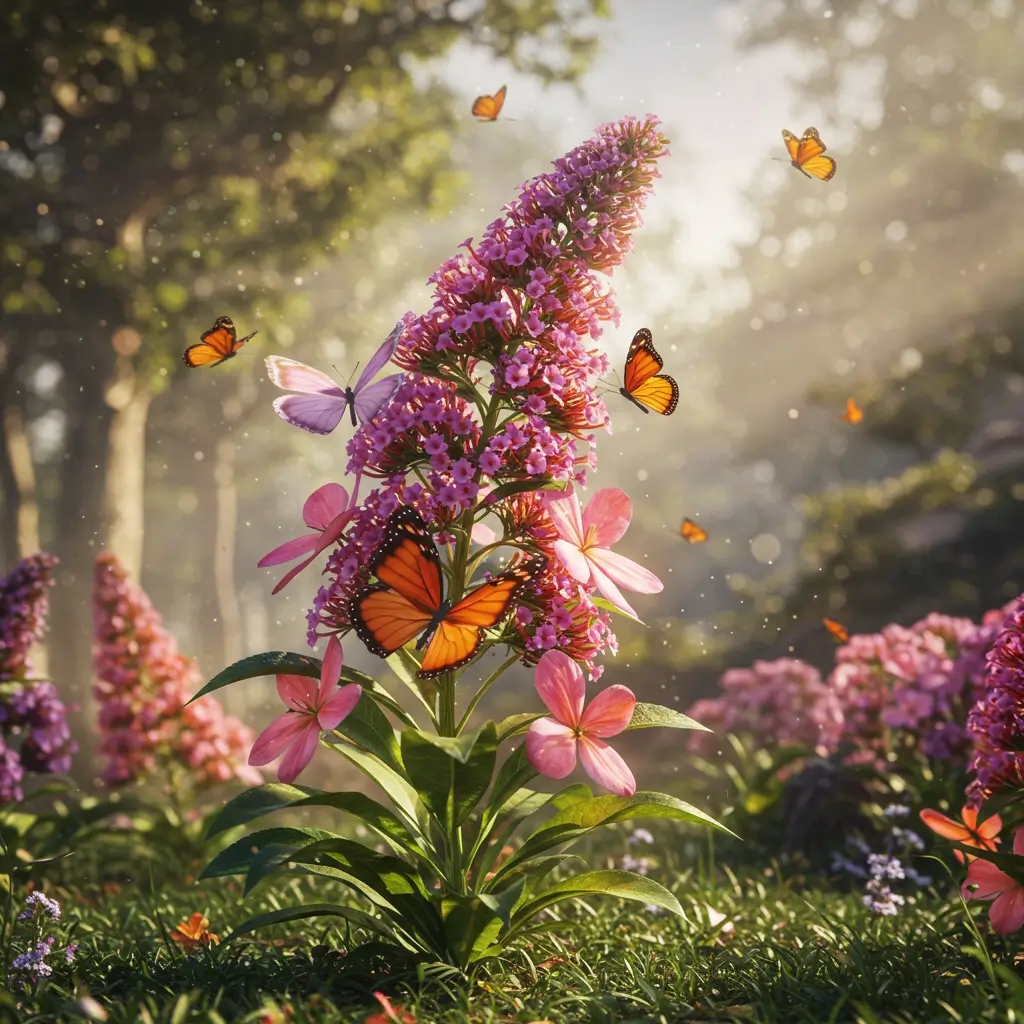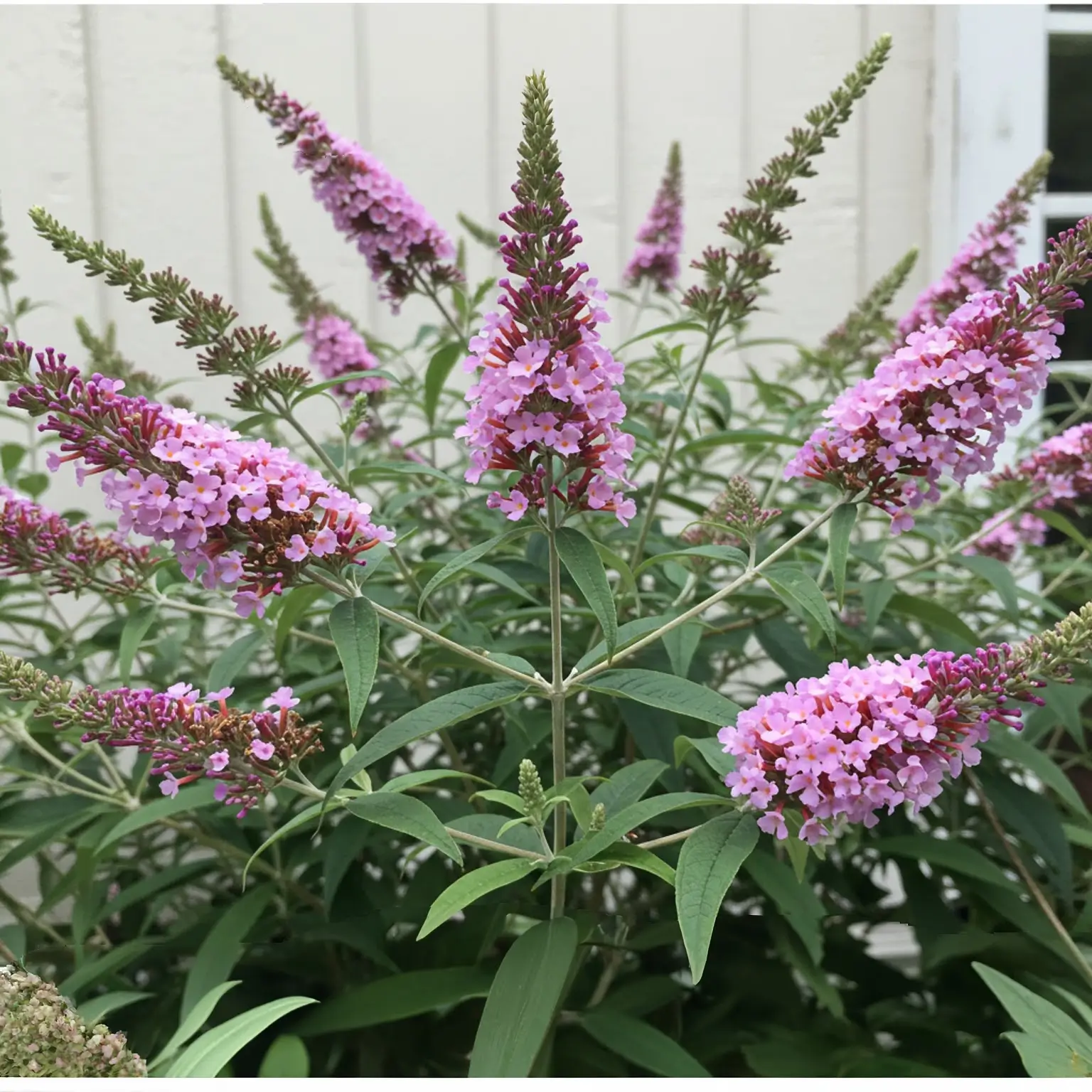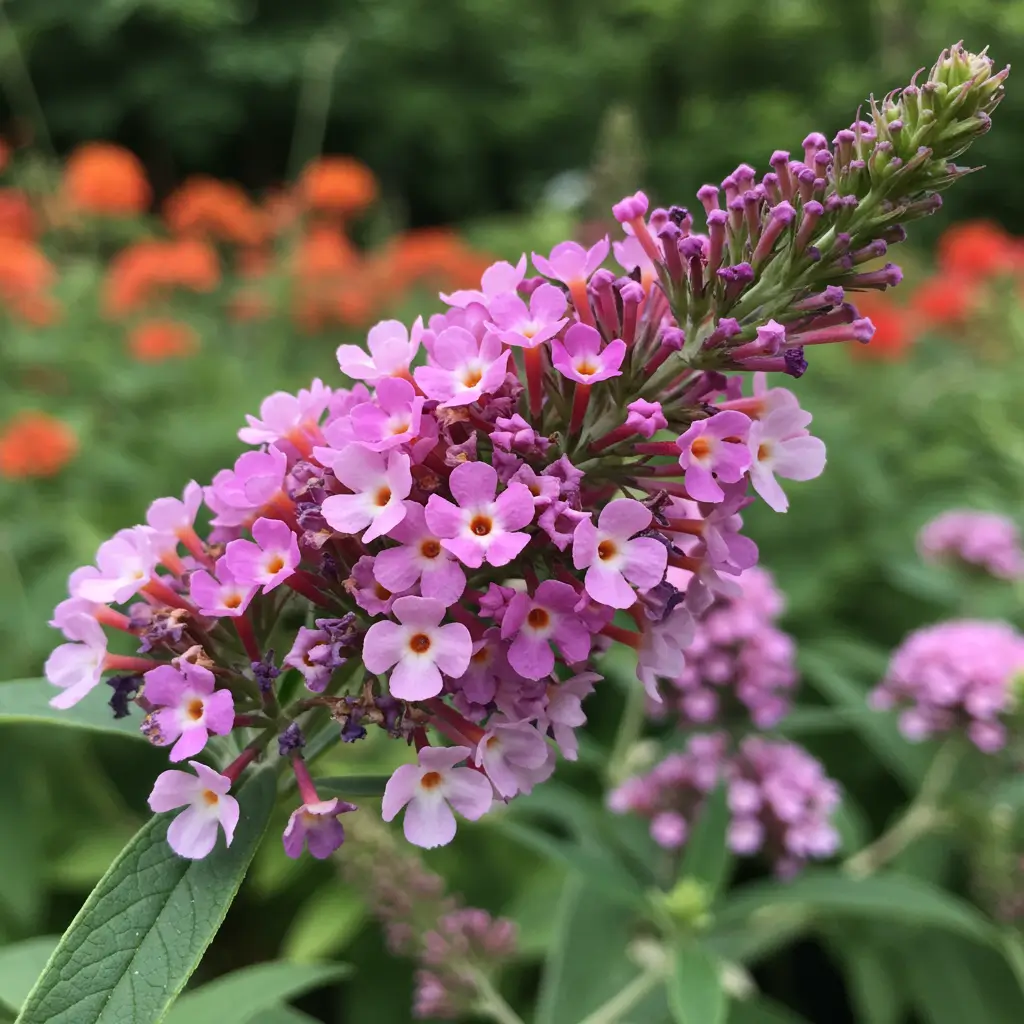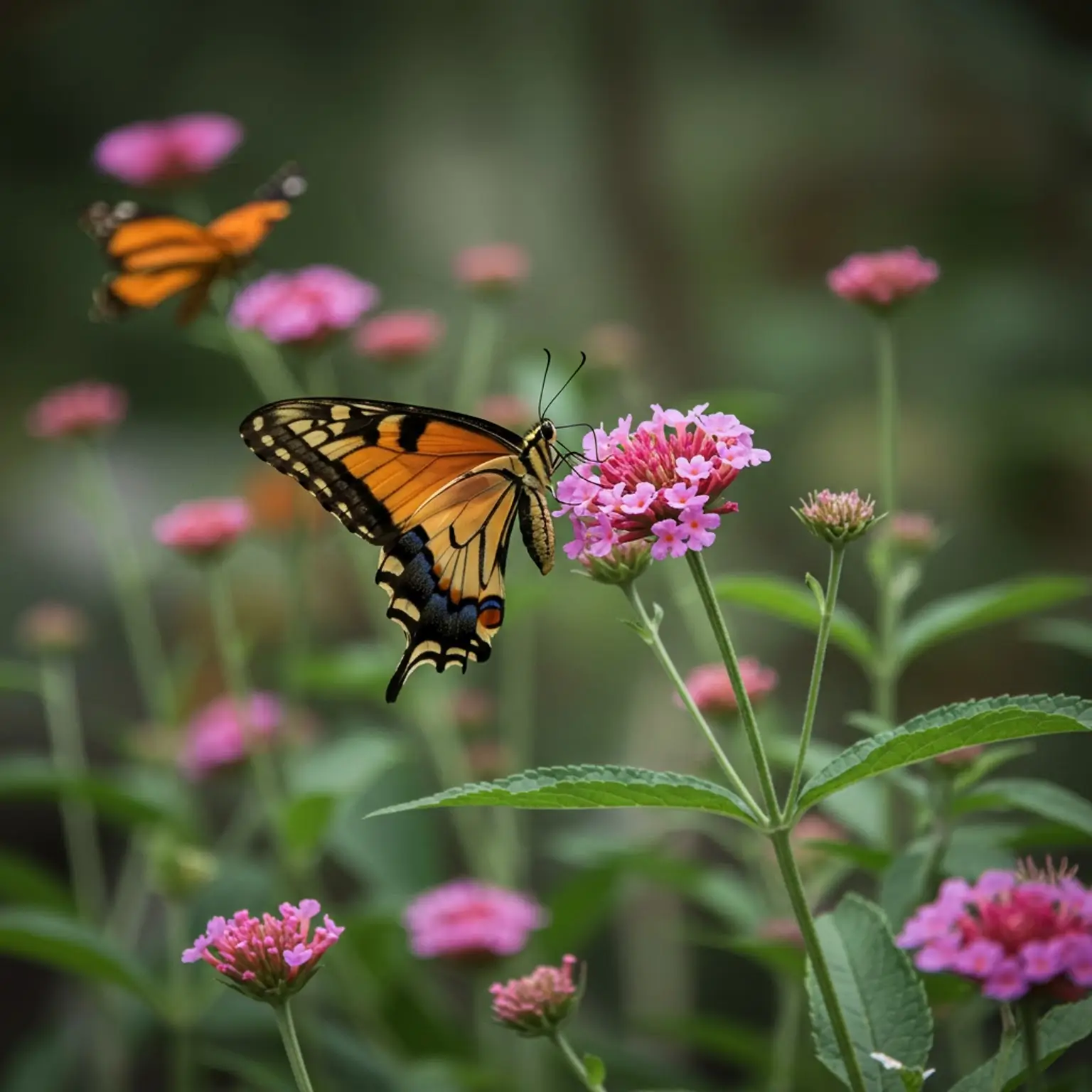Butterfly plants are a must-have for any garden enthusiast looking to attract pollinators like monarch butterflies, swallowtails, and painted ladies. These plants not only add beauty to your outdoor space but also play a vital role in supporting local ecosystems. In this Butterfly Plant Care Guide, we’ll cover everything you need to know to grow and maintain a thriving butterfly garden, from planting tips to troubleshooting common problems. Let’s get started!
Introduction to Butterfly Plant
What Are Butterfly Plant?
Butterfly plants, particularly milkweed (Asclepias), are essential for creating a pollinator-friendly garden. These plants serve as host plants for butterflies, providing food and shelter for their larvae. Monarch butterflies, for instance, rely exclusively on milkweed for their survival. Beyond milkweed, other plants like butterfly weed (Asclepias tuberosa) and swamp milkweed (Asclepias incarnata) are also popular choices for attracting butterflies.
Benefits of Growing Butterfly Plant
Growing butterfly plants isn’t just about aesthetics; it’s about supporting the ecosystem. These plants:
- Attract pollinators like butterflies, bees, and hummingbirds.
- Enhance biodiversity in your garden.
- Create a vibrant, colorful outdoor space.
By planting butterfly-friendly species, you’re contributing to the conservation of pollinators, which are crucial for a healthy environment.
Popular Types of Butterfly Plants
Here are some of the most popular butterfly plants to consider for your garden:
- Milkweed (Asclepias): The go-to plant for monarch butterflies.
- Butterfly Weed (Asclepias tuberosa): Known for its bright orange flowers.
- Swamp Milkweed (Asclepias incarnata): Ideal for wetter soil conditions.
- Lantana: A colorful, drought-tolerant option.
- Coneflowers (Echinacea): A favorite of many pollinators.
How to Grow Butterfly Plant
Choosing the Right Location
Butterfly plants thrive in areas with full sun (at least 6 hours of direct sunlight daily). However, some varieties, like swamp milkweed, can tolerate partial shade. When selecting a spot, consider:
- Proximity to other pollinator-friendly plants.
- Protection from strong winds.
- Accessibility for watering and maintenance.
Soil Preparation for Butterfly Plants
Most butterfly plants prefer well-draining soil. Here’s how to prepare your soil:
- For milkweed and butterfly weed, sandy or loamy soil works best.
- Swamp milkweed, as the name suggests, thrives in moist, even wet soil.
- Amend heavy clay soil with organic compost to improve drainage.
Planting Butterfly Plants
Whether you’re starting from seeds or seedlings, follow these steps:
- Seeds: Sow seeds directly in the garden after the last frost or start indoors 6-8 weeks before the last frost date.
- Seedlings: Dig a hole twice the size of the root ball, place the plant, and backfill with soil.
- Spacing: Space plants 18-24 inches apart to allow for growth.
- Depth: Plant seeds ¼ inch deep and seedlings at the same depth as their nursery pot.
Watering Butterfly Plants
Butterfly plants are generally drought-tolerant, but they need consistent moisture during their establishment phase. Here’s how to water them:
- Water deeply once a week, allowing the soil to dry out between waterings.
- Avoid overwatering, as it can lead to root rot.
- Use mulch to retain soil moisture and regulate temperature.
Read More :
Butterfly Plant Care and Maintenance Pruning and Deadheading
Pruning and Deadheading
Regular pruning keeps butterfly plants healthy and encourages new growth. Here’s how:
- Pruning: Remove dead or yellowing leaves in early spring to promote fresh growth.
- Deadheading: Trim spent flowers to encourage continuous blooming.
Fertilizing Butterfly Plants
Butterfly plants don’t require heavy fertilization, but a light application of organic fertilizer in early spring can boost growth. Avoid chemical fertilizers, as they can harm pollinators.
Managing Pests and Diseases
Common pests like aphids and spider mites can affect butterfly plants. Here’s how to handle them:
- Aphids: Spray with a mixture of water and dish soap or introduce ladybugs.
- Spider Mites: Increase humidity and rinse plants with water.
- Diseases: Prevent fungal issues like powdery mildew by ensuring proper air circulation and avoiding overhead watering.
Seasonal Care Tips
- Spring and Summer: Focus on watering, fertilizing, and deadheading.
- Fall: Cut back plants after the first frost and mulch to protect roots.
- Winter: In colder climates, cover plants with a layer of straw or leaves.
Creating a Butterfly Garden
Designing a Pollinator-Friendly Garden
A successful butterfly garden includes a mix of host plants (for larvae) and nectar plants (for adult butterflies). Companion plants like coneflowers, black-eyed Susans, and lantana can enhance the garden’s appeal.
Importance of Native Plants
Native butterfly plants are better adapted to your local climate and soil conditions. They also support local wildlife more effectively than non-native species. Research native plants in your area to create a sustainable garden.
Eco-Friendly Gardening Practices
- Avoid pesticides, which can harm pollinators.
- Use organic mulch to conserve water and suppress weeds.
- Plant in clusters to make it easier for butterflies to find food.
Troubleshooting Common Butterfly Plant Problems
Yellowing or Drooping Leaves
This is often caused by overwatering or poor drainage. Ensure your soil is well-draining and adjust your watering schedule.
Lack of Blooms
If your butterfly plants aren’t flowering, they may not be getting enough sunlight. Move them to a sunnier spot or prune nearby plants blocking the light.
Pest Infestations
Aphids and spider mites are common pests. Use natural remedies like neem oil or insecticidal soap to keep them under control.
Winter Damage and Recovery
If your plants suffer frost damage, cut back the damaged parts in early spring. New growth should emerge as temperatures rise.
For more detailed tips on caring for your Butterfly Plant check out this comprehensive guide
Conclusion
Growing butterfly plants is a rewarding experience that benefits both your garden and the environment. By following this Butterfly Plant Care Guide, you’ll be well-equipped to create a thriving butterfly garden that attracts pollinators and adds beauty to your outdoor space. Start small, experiment with different plants, and watch as your garden becomes a haven for butterflies and other wildlife.
FAQs About Butterfly Plant Care
1. What are the best butterfly plants for beginners?
If you’re new to gardening, start with easy-to-grow butterfly plants like milkweed (Asclepias), butterfly weed (Asclepias tuberosa), and lantana. These plants are low-maintenance, drought-tolerant, and highly attractive to pollinators.
2. How much sunlight do butterfly plants need?
Most butterfly plants thrive in full sun, requiring at least 6 hours of direct sunlight daily. However, some varieties, like swamp milkweed, can tolerate partial shade.
3. Can I grow butterfly plants in pots?
Yes, many butterfly plants, such as milkweed and lantana, grow well in containers. Use a well-draining potting mix and ensure the pot has drainage holes. Place the pots in a sunny location and water regularly.
4. How often should I water butterfly plants?
Butterfly plants are drought-tolerant but need consistent moisture during their establishment phase. Water deeply once a week, allowing the soil to dry out between waterings. Avoid overwatering, as it can lead to root rot.
5. What type of soil is best for butterfly plants?
Most butterfly plants prefer well-draining soil. Milkweed and butterfly weed thrive in sandy or loamy soil, while swamp milkweed prefers moist or wet soil. Amend heavy clay soil with organic compost to improve drainage.
6. How do I attract monarch butterflies to my garden?
To attract monarch butterflies, plant milkweed (Asclepias), as it’s the only plant monarch caterpillars feed on. Include other nectar-rich plants like coneflowers and lantana to provide food for adult butterflies.
7. Why are my butterfly plants not blooming?
A lack of blooms can be due to insufficient sunlight, overwatering, or poor soil conditions. Ensure your plants receive at least 6 hours of sunlight daily, adjust your watering schedule, and use well-draining soil.
8. How do I deal with pests on butterfly plants?
Common pests like aphids and spider mites can be managed with natural remedies. Spray a mixture of water and dish soap on aphids, or introduce ladybugs to your garden. For spider mites, increase humidity and rinse plants with water.
9. Can I grow butterfly plants from seeds?
Yes, butterfly plants like milkweed can be grown from seeds. Sow seeds directly in the garden after the last frost or start them indoors 6-8 weeks before the last frost date.
10. How do I prepare butterfly plants for winter?
In colder climates, cut back butterfly plants after the first frost and apply a layer of mulch to protect the roots. In milder climates, plants may remain evergreen with minimal care.
11. Are butterfly plants toxic to pets?
Some butterfly plants, like milkweed, can be toxic to pets if ingested. Keep these plants out of reach of dogs and cats, or choose non-toxic alternatives like lantana.
12. What companion plants work well with butterfly plants?
Pair butterfly plants with other pollinator-friendly plants like coneflowers, black-eyed Susans, bee balm, and zinnias. These plants create a vibrant, diverse garden that attracts butterflies and other pollinators.
13. How do I prune butterfly plants?
Prune butterfly plants in early spring to remove dead or yellowing leaves and encourage new growth. Deadhead spent flowers throughout the blooming season to promote continuous blooms.
14. Can I use fertilizer on butterfly plants?
Butterfly plants don’t require heavy fertilization. A light application of organic fertilizer in early spring can boost growth. Avoid chemical fertilizers, as they can harm pollinators.
15. What are the benefits of native butterfly plants?
Native butterfly plants are better adapted to your local climate and soil conditions. They also support local wildlife more effectively than non-native species, making them a sustainable choice for your garden.
Have questions or tips of your own? Share them in the comments below—we’d love to hear about your butterfly gardening journey!

